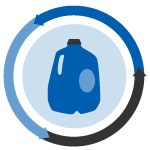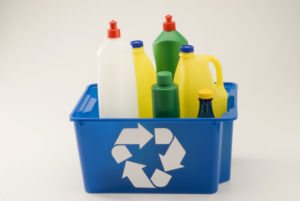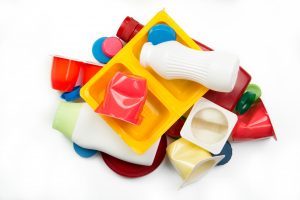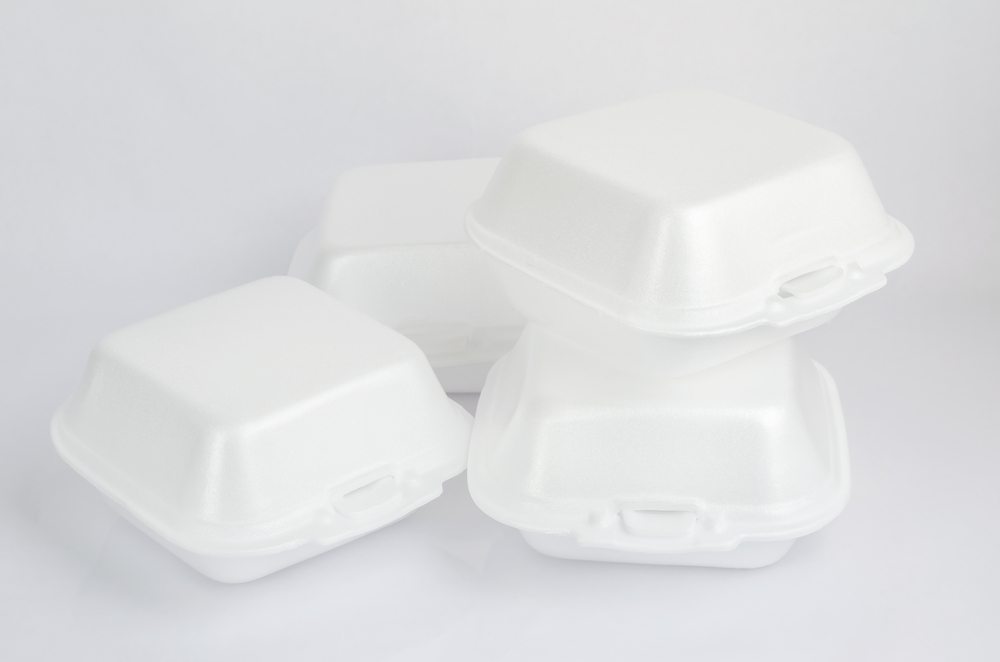 A Dow executive discusses end-market potential for recovered flexible films, and an article explores the challenges of recovering plastics from toys.
A Dow executive discusses end-market potential for recovered flexible films, and an article explores the challenges of recovering plastics from toys.

 A Dow executive discusses end-market potential for recovered flexible films, and an article explores the challenges of recovering plastics from toys.
A Dow executive discusses end-market potential for recovered flexible films, and an article explores the challenges of recovering plastics from toys.
 Half of all plastic packaging could be profitably recycled if improvements are made to its design and to recovery systems, according to a report. Continue Reading
Half of all plastic packaging could be profitably recycled if improvements are made to its design and to recovery systems, according to a report. Continue Reading
Innovators in the resin realm often get a bad rap for prioritizing functionality over recyclability. But according to one bioplastics executive, end-of-life is still top-of-mind for many companies developing cutting-edge materials.

Conrad MacKerron
In the last two years, there has been a positive shift by previously recalcitrant brands to accept the importance of packaging recycling as part of total product life cycle and to commit to increasing packaging recyclability.
 Rhode Island legislators have introduced a bill that requires brand owners to nearly double the recycling rate for packaging over the course of two years.
Rhode Island legislators have introduced a bill that requires brand owners to nearly double the recycling rate for packaging over the course of two years.
 Ontario has passed legislation ushering in full producer-paid recycling of packaging materials throughout the province of more than 13 million people.
Ontario has passed legislation ushering in full producer-paid recycling of packaging materials throughout the province of more than 13 million people.
 In its first full year of operation, British Columbia’s printed paper and packaging recycling program notched a 77 percent recovery rate, beating the target set by the government.
In its first full year of operation, British Columbia’s printed paper and packaging recycling program notched a 77 percent recovery rate, beating the target set by the government.
 CalRecycle last week convened stakeholders to continue to discuss the possibility of requiring producers to play a role in the end-of-life management of packaging materials.
CalRecycle last week convened stakeholders to continue to discuss the possibility of requiring producers to play a role in the end-of-life management of packaging materials.
 Researchers explore fluorescence to advance food- and drink-container sortation, and an advanced films manufacturer begins closed-loop recycling with customers’ materials.
Researchers explore fluorescence to advance food- and drink-container sortation, and an advanced films manufacturer begins closed-loop recycling with customers’ materials.
 The City of Redding, Calif., will soon add a densifier to its recycling facility, allowing residents to drop off foam polystyrene for processing. The City will use grant money from the Foam Recycling Coalition to make the purchase.
The City of Redding, Calif., will soon add a densifier to its recycling facility, allowing residents to drop off foam polystyrene for processing. The City will use grant money from the Foam Recycling Coalition to make the purchase.
